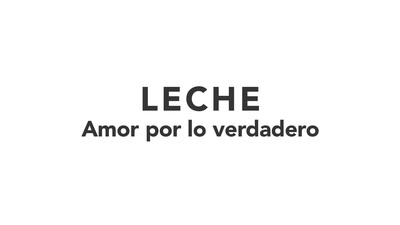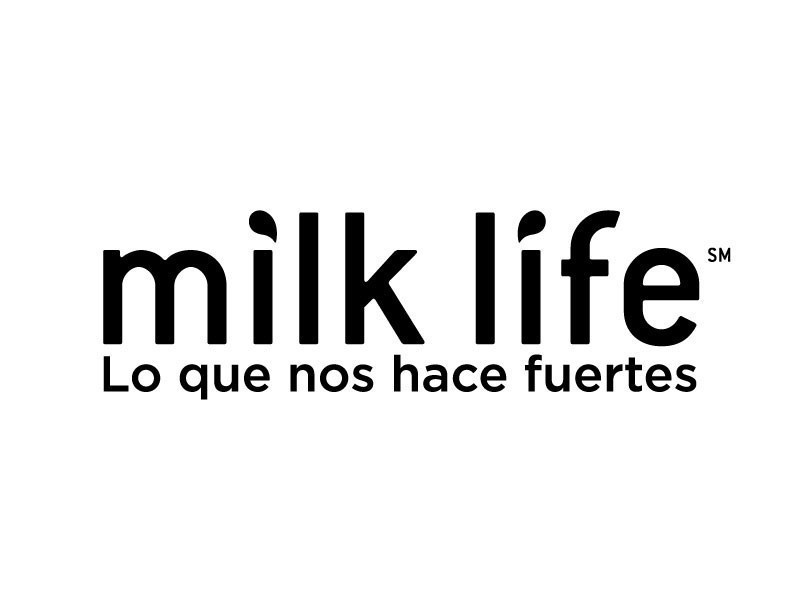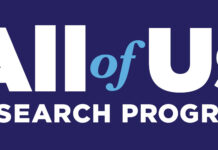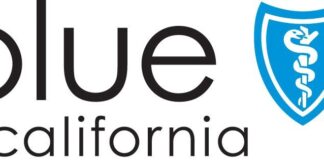WASHINGTON, March 1, 2018 /PRNewswire-HISPANIC PR WIRE/ — New research suggests there may be a place for higher-fat milks in children’s diets, without a negative impact on weight, according to a recent study published in Preventive Medicine Reports.1 In fact, researchers found young children who consumed higher amounts of milk fat were 11% less likely to be severely obese. These findings are particularly important for the Hispanic community, a population disproportionately affected by obesity in the United States.2

Researchers from the University of California San Francisco asked parents of 145 three-year-old Latino preschoolers about their dietary habits to understand the relationship between milk and weight – specifically looking at different fat levels of milk (whole, reduced-fat, lowfat and fat free).
The researchers asked the mothers about their child’s food intake, mothers and children were weighed and measured and analysis showed that severely obese children consumed a lower amount of milk fat (5.3 vs 8.9 grams per day) and drank less overall milk than kids who were not severely obese. In addition, higher milkfat intake was linked to lower odds of a child having severe obesity (OR = 0.89). Overall calories and fat did not explain any of the differences. This research adds to a growing body of evidence that suggests whole milk may have a place in the diet.
No matter the fat level, milk provides a unique package of nutrients, and it’s difficult to get enough of nutrients you need without milk in the diet.3 These findings come on the cusp of the recently shared survey from the National Osteoporosis Foundation (NOF), showing many moms know how important milk is for their kids. And, moms choose milk for their kids because of the important nutrients it provides like calcium, vitamin D and protein. Recent research suggests a dairy-free diet during critical growing years could mean not reaching full height potential, an increase in stress fractures during adolescence, and a greater chance of osteoporosis as an adult.4,5,6,7,8,9
Latina moms and grandmothers can rest assured that decades of research and hundreds of studies support the benefits of milk. The 2015-2020 Dietary Guidelines for Americans recommend children from 2 to 3 get two servings of milk or dairy daily.
For more information, including tips and recipes, visit fuertesconleche.com.
About MilkPEP
MilkPEP, Washington, D.C., is funded by the nation’s milk companies, who are committed to ensuring all children have access to nutrient-rich milk. The MilkPEP Board runs the Milk Life campaign, a multi-faceted campaign designed to educate consumers about the powerful nutritional benefits of milk – with 9 essential nutrients, including high-quality protein, in each 8 ounce glass. For more information, go to milklife.com. Campbell Ewald is creative agency for the Milk Life campaign – from America’s milk companies.
1 Beck AL, Heyman M, Chao C, Wojcicki J. Full fat milk consumption protects against severe childhood obesity in Latinos. Preventative Medicine Reports. 2017;8:1-5
2 Ogden CL, Carroll MD, Fryar CD, Flegal KM. Prevalence of obesity among adults and youth: United States, 2011-2014. NCHS Data Brief. 2015;219:1-8
3 Gao X, Wilde PE, Lichtenstein AH, Tucker KL. Meeting adequate intake for dietary calcium without dairy foods in adolescents aged 9 to 18 years (National Health and Nutrition Examination Survey 2001-2002). Journal of the American Dietetic Association. 2006;106:1759-1765.
4 Wiley AS. Does milk make children grow? Relationships between milk consumption and height in NHANES 1999-2002. American Journal of Human Biology. 2005;17:425-441.
5 Ruffing JA, et al. Determinants of bone mass and bone size in a large cohort of physically active young adult men. Nutrition & Metabolism. 2006;3:14.
6 Rockell JE, Williams SM, Taylor RW, Grant AM, Jones IE, Goulding A. Two-year changes in bone and body composition in young children with a history of prolonged milk avoidance. Osteoporosis International. 2004;16:1016-1023.
7 Goulding A, Rockell JE, Black RE, Grant AM, Jones IE, Williams SM. Children who avoid drinking cow’s milk are at increased risk for prepubertal bone fractures. Journal of the American Dietetic Association. 2004;104:250-253
8 Morency M, Birken CS, Lebovic G, Chen Y, L’Abbé M, Lee GJ, Maguire JL and the TARGet Kids! Collaboration. Association between noncow milk beverage consumption and childhood height. American Journal of Clinical Nutrition. 2017. [Epub ahead of print].
9 Weaver CM, Gordon CM, Janz KF, Kalkwarf HJ, Lappe JH, Lewis R, O’Karma M, Wallace TC, Zemel BS. The National Osteoporosis Foundation’s position statement on peak bone mass development and lifestyle factors: a systematic review and implementation recommendation. Osteoporosis International. 2016;27:1281-1386.
Logo – https://mma.prnewswire.com/media/344875/Milk_Life_Logo.jpg
SOURCE MilkPEP







